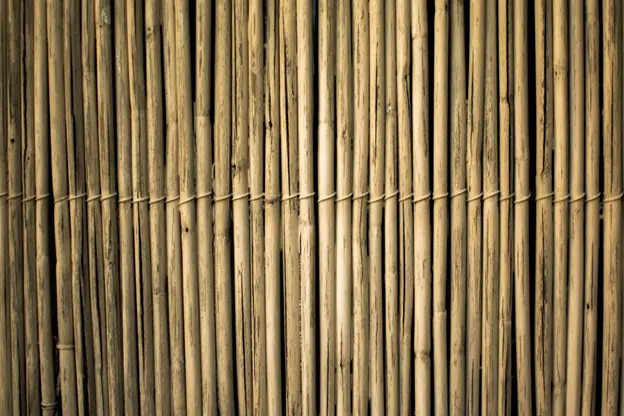Life In the Face of a Climate Crisis: Environmentally Friendly Construction Materials
In recent times, the impacts of climate change have been increasingly apparent. Typhoons are growing in intensity and occurrence, leading to flooding in regions that haven't seen such conditions in years. Addressing this issue effectively necessitates a dual approach. Firstly, it's essential to construct homes capable of withstanding floods. Secondly, it's crucial that the construction materials do not contribute to environmental degradation. This article highlights three construction materials that meet both criteria.
Earth
Rammed earth has been used in constructing marvelous buildings for thousands of years. There literally shouldn’t be any question regarding this material’s durability; many of such structures still stand today. Ironically, this material lost its popularity in the United States at the start of the century.
Luckily, the use of rammed earth has enjoyed a resurgence in recent years, thanks in part to the call for more environmentally friendly practices in construction. Aside from the fact that earth does so well when it comes to regulating temperatures, modern designers have also come to appreciate its aesthetics.
Bamboo
Bamboo is a good material to use if you are implementing home improvements or even constructing a new home in Maryland or any other state in the U.S. This material resembles wood, but it’s actually a member of the grass family. This means that it grows quite easily, and the bamboo that you used gets replaced faster. This sustainability is what endeared bamboo to home builders who care about the environment. Bamboo is known for its remarkable tensile strength. It’s also quite flexible as a building material because it can be used as a unique finish or behind the scenes (e.g. as wall screens).
Wool insulation
Having some sort of control over the indoor temperature is what makes a house a worthy home. Hence, insulation is always an important part of an American home plan. To keep up with sustainability demands, many home builders now offer sheep wool as an insulating material.
Using wool is not such a bad idea; it has been found to have around 10% more insulating factor than the more widely used insulators. It also has the ability to absorb moisture without really losing its thermal properties. Aside from temperature regulation, wool can also help in keeping the air inside the home fresh and free from some pollutants. It’s now known that wool can take chemicals such as formaldehyde and sulfur dioxide out of the air.
Straw bale
Using logs and lumber is not so sustainable anymore because wood takes time to regrow. In looking for alternatives, builders came across straw bale, which is technically made from agricultural waste. Though walls that use straw bale tend to be thicker, they provide better insulation and are actually resistant to fire. They also tend to be aesthetically pleasing, especially for those who prefer the rustic look.
Sustainability and durability are two of the most important criteria when choosing building materials for homes. Some of the materials that meet these requirements are admittedly less common or pricier. However, the benefits of using them are more than enough to compensate for such inconvenience.


